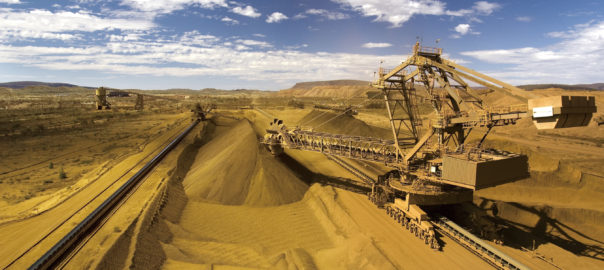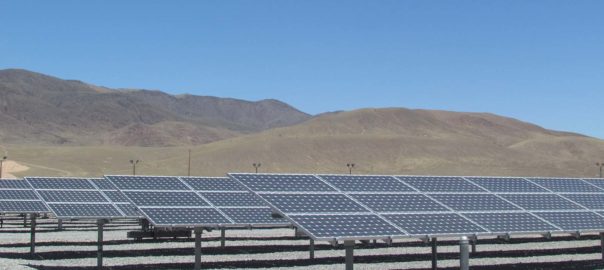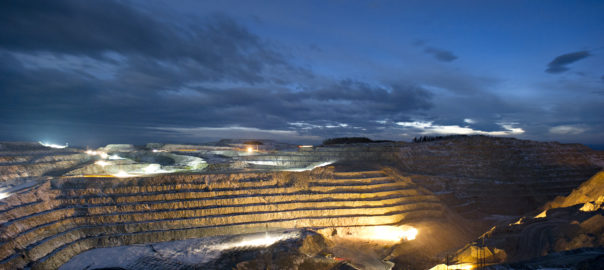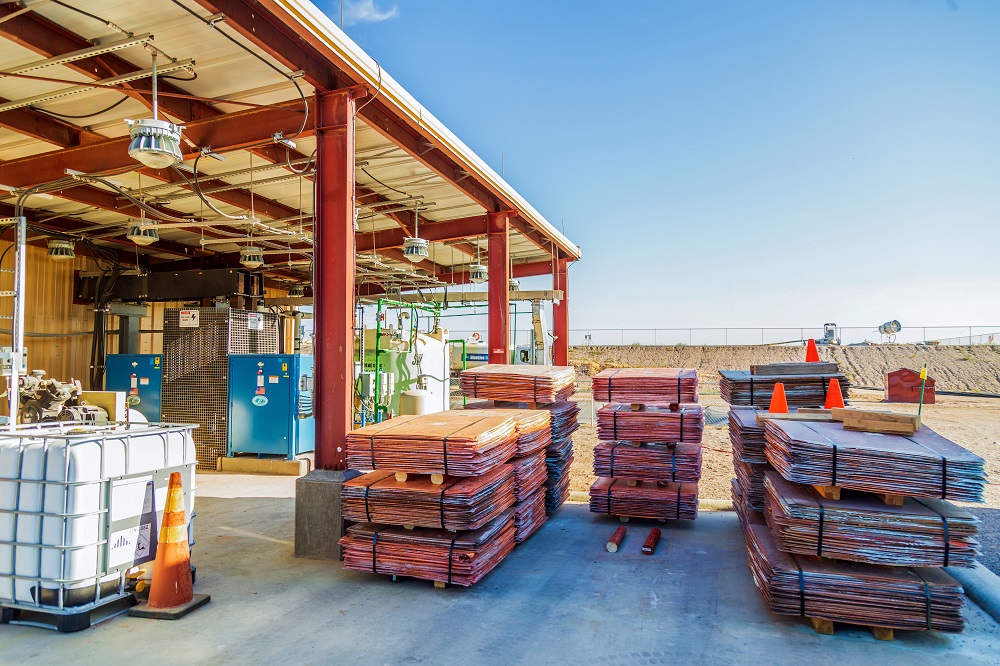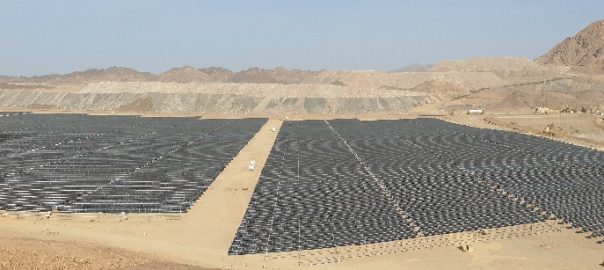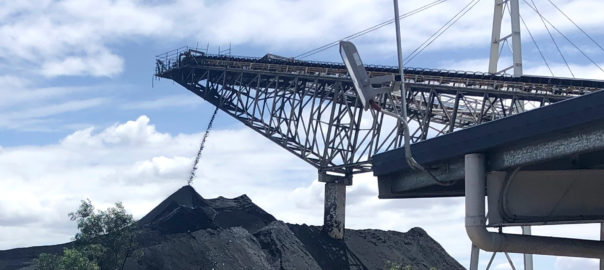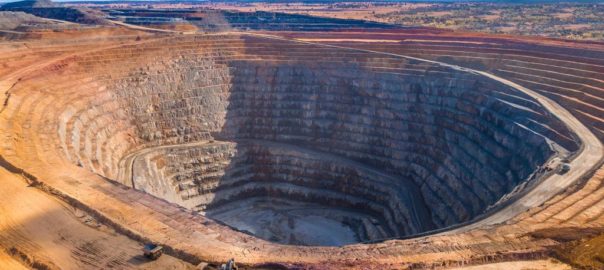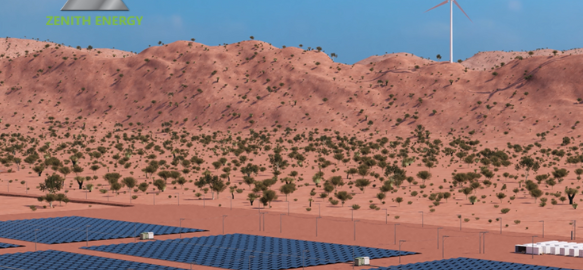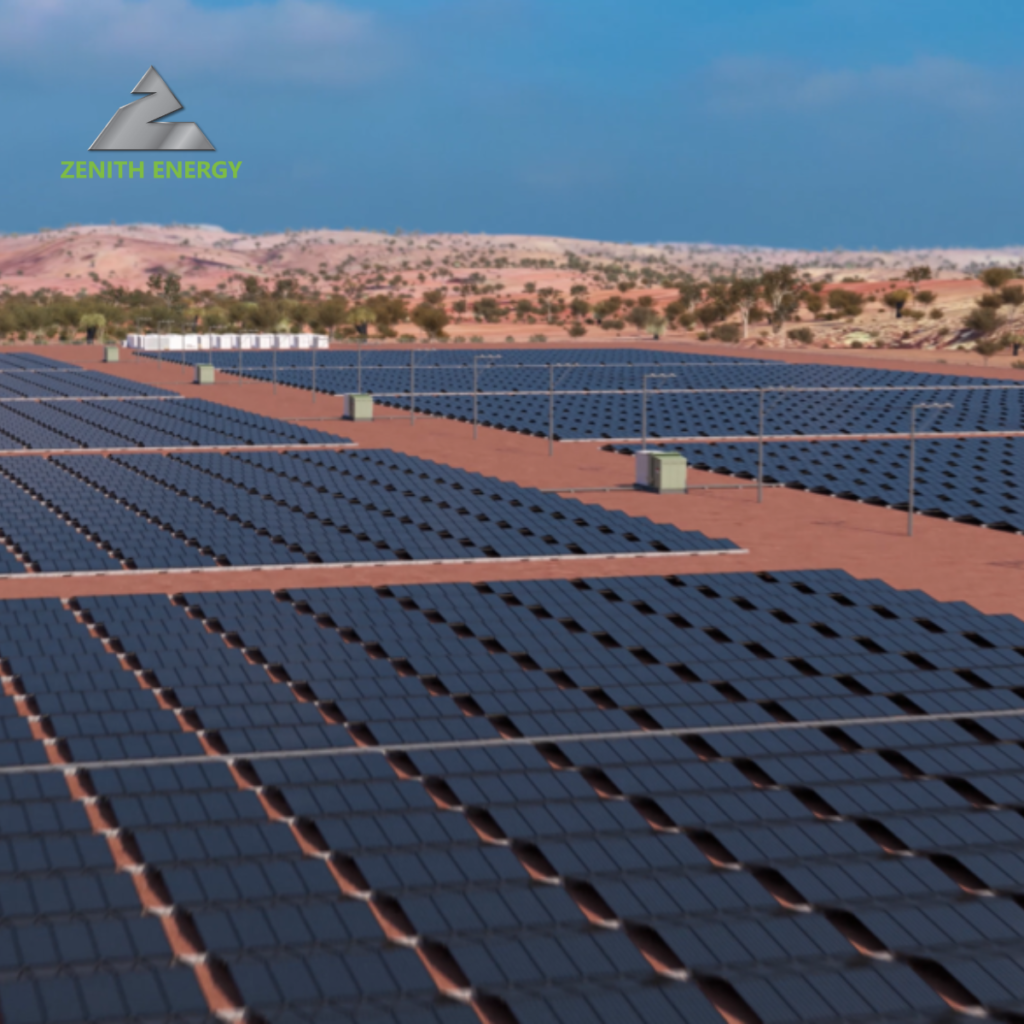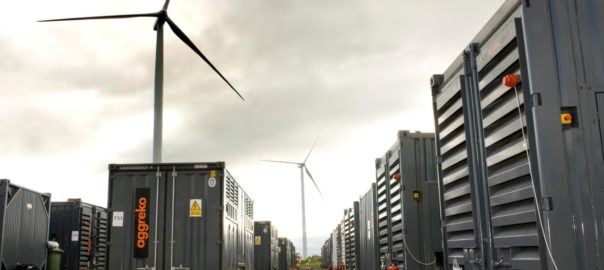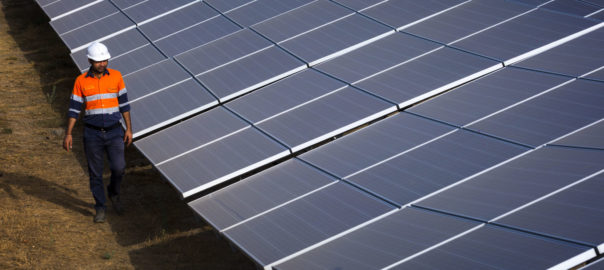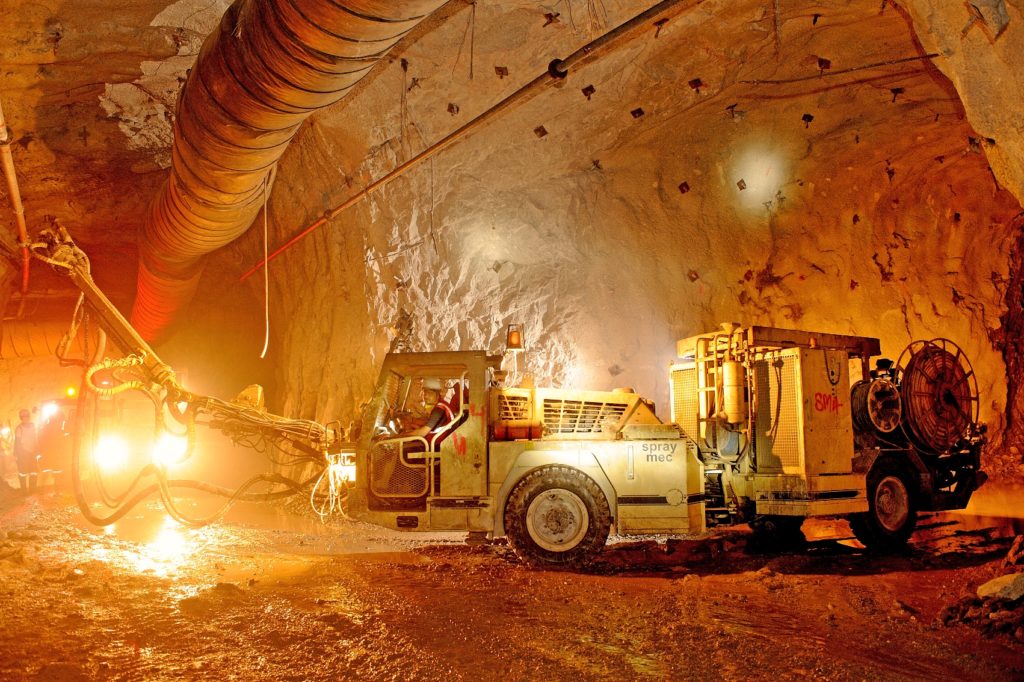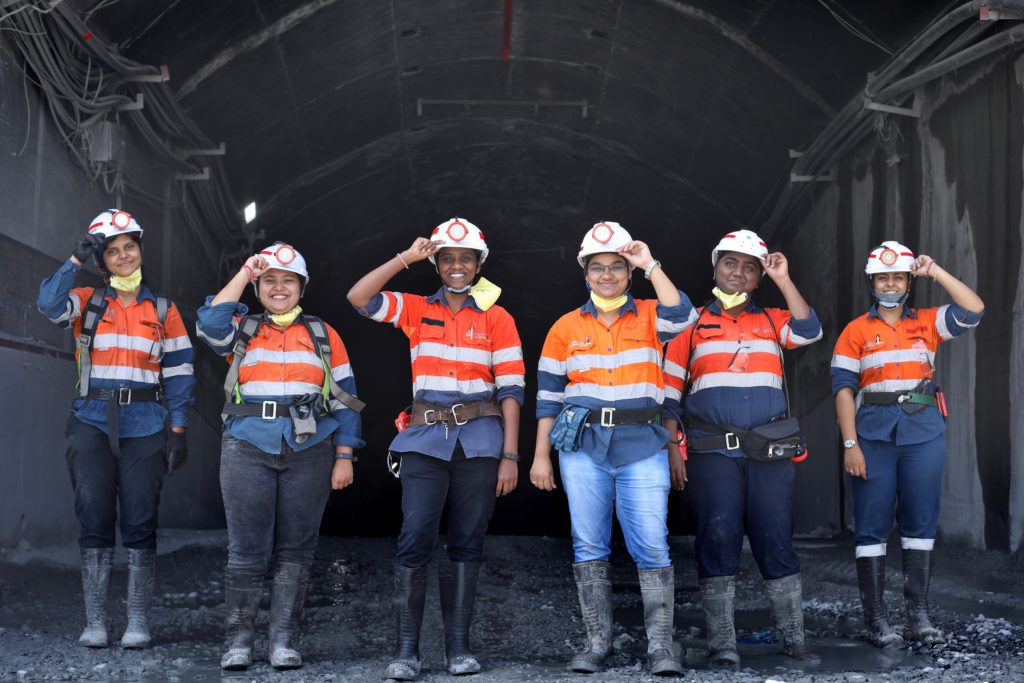Mitsui & Co has signed a memorandum of understanding (MoU) with Rio Tinto to jointly explore opportunities for reducing emissions and transforming the world’s supply chains.
Under the MoU, Mitsui and Rio Tinto will work closely together to examine more sustainable measures such as reducing the carbon content of raw materials for iron and steel production; developing new renewable energy; supplying alternative fuels such as ammonia, methanol and hydrogen; decarbonisation in marine transportation; decarbonisation of mobility at mining sites; and initiatives like nature-based solutions, carbon credits and others.
The new partnership builds on Mitsui and Rio Tinto’s long history of collaboration, stretching back to the beginnings of the Robe River Joint Venture in Western Australia, which this year celebrated 50 years of iron ore shipments to Japan. The MoU combines Mitsui’s vast network, assets and accumulated industry knowledge with Rio Tinto’s grand-scale supply chain and leading position in the mining & metal industry, the companies said.







